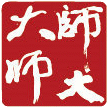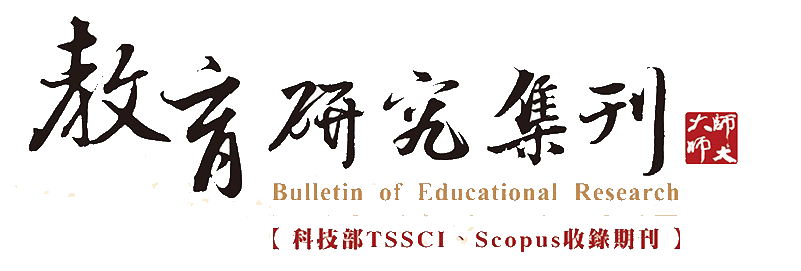| 篇名 |
潛在課程概念評析
更多文章
|
|---|---|
| 作者 | 黃政傑 |
| 中文摘要 | 潛在課程的研究,到底源於何時,論者每有不同的說法。一般人提到「潛在課程」此一概念時,都以為最早出現在賈克森(P. Jackson)的「教室生活」一書中。但若就實質而言,更早期杜威(J. Dewey)所提的「同時學習」(collcteral),克伯屈(W.Kipatrick)所說的「附學習」(concomitant learning),都強調在正式課程之外,學生習得的態度、理想、興趣、價值和情感的成分,這正是當前潛在課程研究的一個方向。其實,再往前追溯,仍可找出實質上曾經討論過潛在課程的人來。 |
| 英文摘要 | Recently, we have witnessed the discovery that schools are teaching more than they claim to teach, and they are doing it systematically and effectively.The function s of this hidden curriculum have been variously identified as the inculation of values, political socialization, sex role socialization, training in obedience and docility, the perpetuation of cultural, social, and economic class structure, all of which can be characterized generally as social control.When hidden curriculum is mentioned, there are many labels that people often use. People may call hidden curriculum “unstudied curriculum”, “informal curriculum”, “unexpected or unanticipated curriculum”, “subsidiary or concomitant curriculum”;or they may even call it “by─products of schooling”, “side effects of instruction”, “non─academic outcomes of schooling”, “what school does to people”. Most of the labels people use are either singularly unilluminating or highly misleading..There are four parts in the paper:1. The conceptions of hidden curriculum provided by five scholars(B.S.Bloom, F.M. Newman, E. Vallance, J.R. Martin, and D.Gordon) are analyzed and synthesized;2.Many labels people use when talking about hidden curriculum are analyzed to find what are implicit in them;3. The question “is hidden curriculum a curriculum” is discussed;4. How to find hidden curriculum, and what should we do when we find one, are both analyzed, too. |
| 起訖頁 | 163-182 |
| 刊名 | 教育研究集刊 |
| 期數 | 198606 (28期) |
| 出版單位 | 國立臺灣師範大學教育學系 |
| 該期刊-上一篇 | 國民中學組織結構與組織氣氛關係之研究 |
| 該期刊-下一篇 | 國民中學教育評鑑之研究 |








